Climate science
-
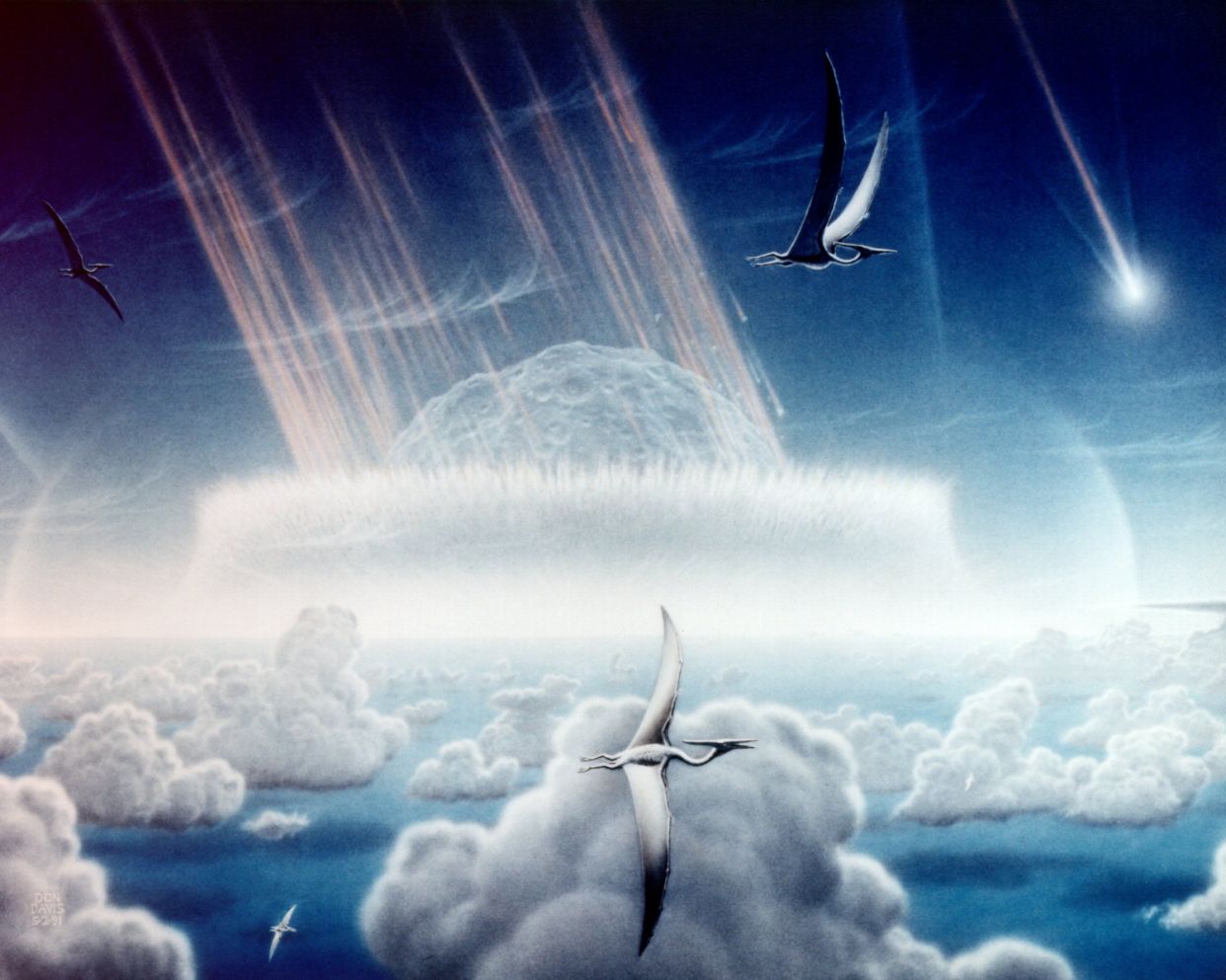
This story is not really an agriculture or climate story, but it’s a very interesting look at how paleontologists determined the month in which a meteor crashed into the earth. This event led to the extinction of most dinosaurs 66 million years ago. The scientists did it by looking at fossils found in rocks created…
-
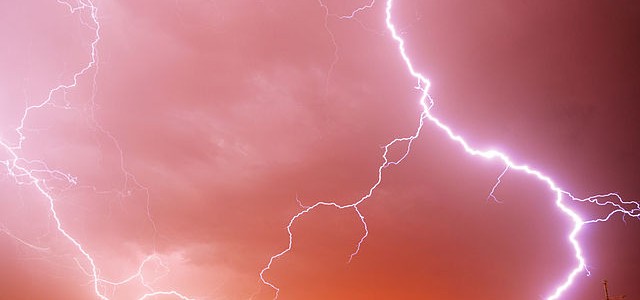
There have been a lot of changes in how we work, shop, and travel since the pandemic started to shut things down in March 2020, almost two years ago. You might wonder whether some of these changes have affected the atmosphere and the weather. Here is an interesting story I saw today about a recent…
-
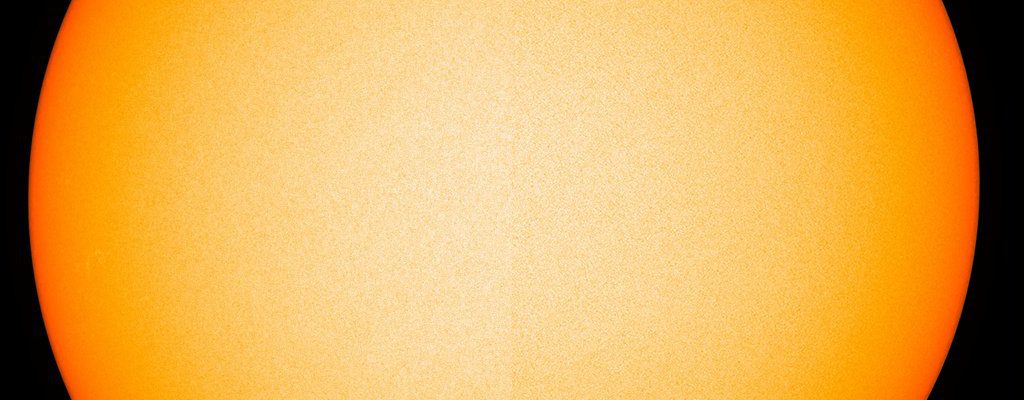
Do you think that we are the coldest in the winter months because the Earth is farther from the sun in those months than in our Northern Hemisphere summer? Actually, Earth is closer to the sun in January than in July because of its elliptical orbit around the sun. The difference in solar radiation is…
-
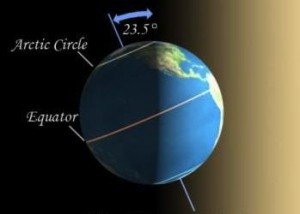
The December solstice (winter solstice for the Northern Hemisphere, and summer solstice for the Southern Hemisphere) occurs this year on December 21 at 10:59 am EST. For us in the Southeast, it marks the shortest day of the year. I for one am looking forward to seeing the day length increase again! It is also…
-
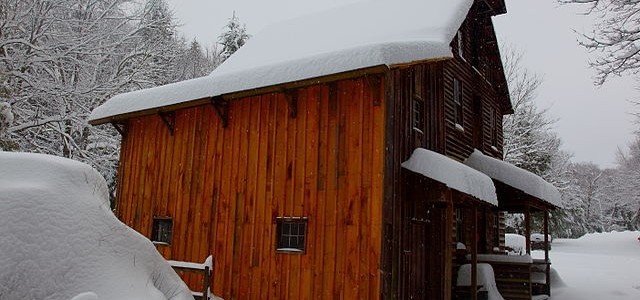
Are you dreaming of a white Christmas? It’s pretty rare in the Southeast, but other parts of the country have also struggled to see one in recent years. Seth Borenstein of AP posted a story this week describing the lack of snow in other parts of the country. You might think it was related to…
-

Yesterday we looked at the current state of La Niña and how it may affect our weather in the comings weeks and months. Today NOAA’s Climate Blog posted some additional information about La Niña and how it is described using different figures and graphs. You might find the extra information useful in understanding what La…
-
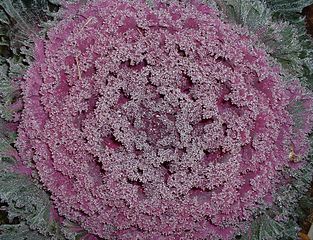
The Garden Professors blog has two interesting and related posts describing how cold-hardy plants can survive temperatures well below freezing. If you are a gardener or farmer, you might be interested in reading about this. The two posts are listed below: Part 1: The mechanics of how plants survive cold temperatures https://gardenprofessors.com/a-gardeners-primer-to-cold-hardiness-part-1/ Part 2: How…